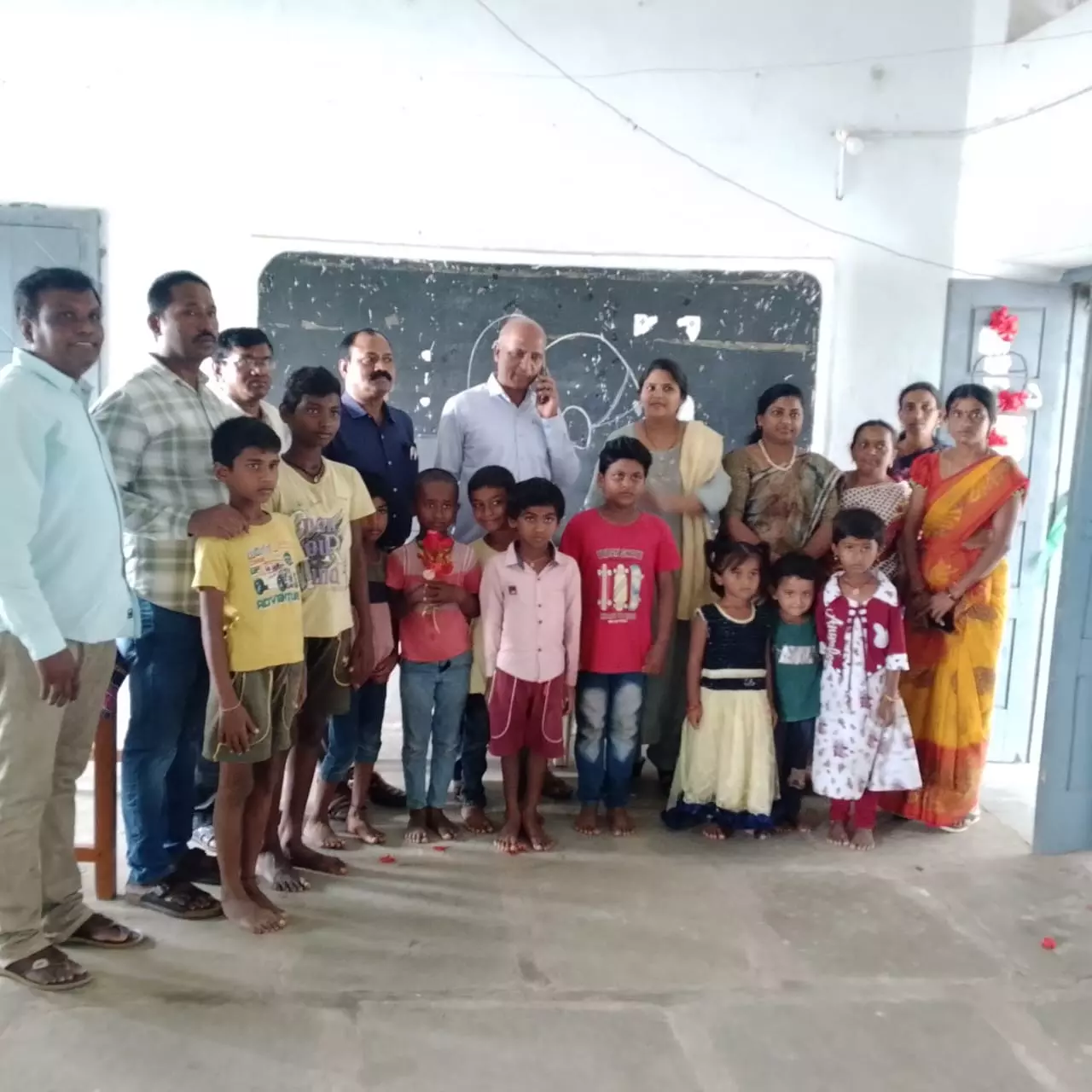KARIMNAGAR/WARANGAL: Following Chief Minister A. Revanth Reddy’s directive that every village panchayat should have at least one school, education department officials and teachers have focused on reopening government schools that were shut down in the past. Under the Congress government’s ‘Badi Bata’ programme, launched even before the start of the academic year, several primary schools in the erstwhile Karimnagar and Warangal districts have successfully resumed classes. Over the past 10 years under the BRS government, many government primary schools in both united districts were closed. In erstwhile Warangal district alone, approximately 13 such schools have now reopened. These include the primary school in Kothapalli Thanda of Mustafar village (enrolment: 15 children), the school in Oglapur village of Atmakur mandal (11 children), the school in Gollapalli village of Nallabelli mandal (10 children), and the school in Bhutta Thanda of Chintha Nekkonda village (10 children). District education officer of Hanamkonda, D. Vasanthi, told the Deccan Chronicle that officials and teachers actively participated in the Badi Bata programme and encouraged parents to enrol their children in government schools. “By focusing on reopening these primary schools and engaging directly with the community, we’ve seen parents return their children to government education, signalling a renewed trust in the system,” she said. In erstwhile Karimnagar district, five schools have reopened this academic year: the government primary school in Bolathpally village of Huzurabad mandal (12 children), the school in Deshaipally of Veenavanka mandal (10 children), and the school in Gopalpur village of Ganneruvaram mandal (18 children). Jagtial district also saw two reopenings: the Vaddera Colony primary school in Rampur (15 children) and Kompelly primary school (8 children). Mandal education officer K. Ramaiah of Ganneruvaram mandal noted that for years parents preferred private schools because government primary schools lacked LKG, UKG, and Nursery sections and only admitted children from Grade I (age five and above). “The state government’s recent decision to introduce pre-primary sections in these schools is a game-changer,” he said. “We’re already seeing a significant rise in enrolment, as this move fills a long-standing gap and makes government schools a more attractive option for early childhood education.”
